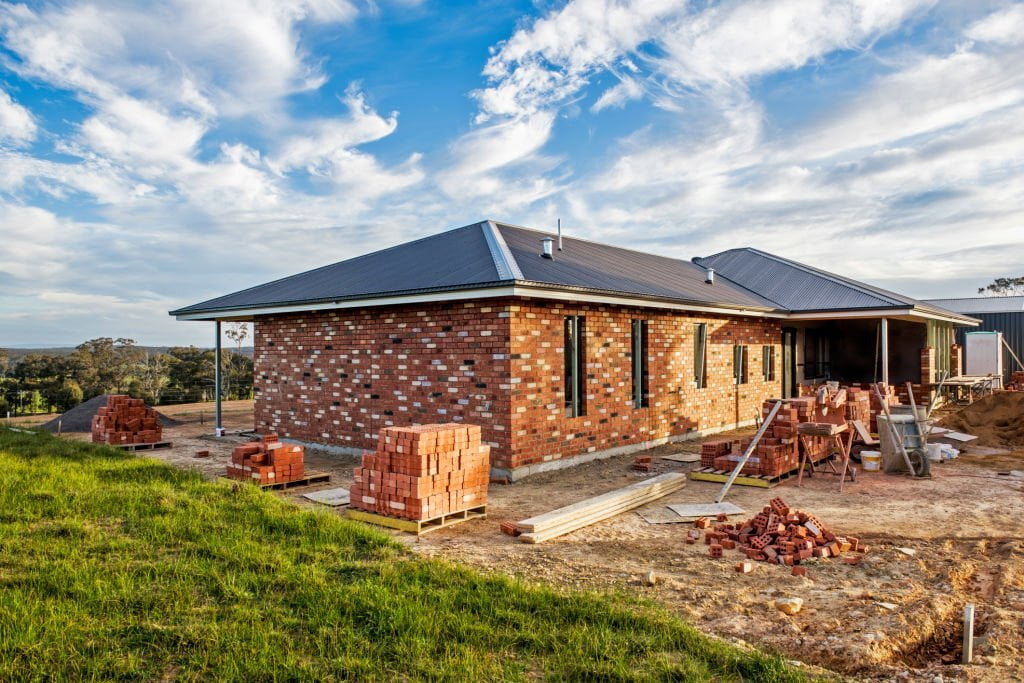Is it feasible to quickly calculate the construction cost of a building before starting this project? Yes, it is, as proper construction estimation helps keep the project costs in control and satisfy the clients effectively.
Imagine if you had a magic calculator to help you quickly estimate the cost of small construction projects. You would tell it the variables, adjust the cost of materials, labor and profit margin, and give you the total cost. And you could use this construction calculator for any small project, such as remodeling a room, fixing a deck, or installing a new roof.
You may not be able to have a magic calculator, but that doesn’t mean that, as construction entrepreneurs, you should have trouble figuring out how much projects would cost.
In this article, we will try to help you understand how you can estimate the construction costs of a building comprehensively.
How to estimate construction costs?
When you want to calculate the costs of a small construction project, you must consider all the costs you will incur to complete the project. It would help if you also considered a profit margin to make sure you make a good profit.
Here are the things you should consider when estimating the price of the construction project:
1: Costs of previous work
A good starting point is to look at previous projects similar to the one you are about to start. It will help you get a general idea of the total cost of the job.
Looking at previous jobs can also help you stay consistent in your pricing. And it also allows you to adjust if you initially estimated a price too low (or too high) for your clients.
2: Materials you will need
The materials needed for the job are hard costs. You will have to pay for these materials, which will be fixed costs. In other words, these costs are not entirely controllable.
Here, we suggest that you must consider all the materials before anything. Every piece of material you need for the job should be included here. It could include wiring, nails and screws, drywall, paint, lumber and stains.
3: Time spent on research
If you advise your client on a different material or design options, you might consider the time you spend on research as a cost. However, it all depends on your preferences.
Many small construction companies offer these estimates for free. They treat it as an added value they provide to their clients.
4: Labor Hours
Estimating labor hours is also necessary to calculate the construction costs of a building. The labor hours will be included in the next section (profit margin) if you are doing all the work yourself. If you are hiring other workers to do parts of the work, then you should include their wages.
Suppose you hire workers to do the labor. The first step is to estimate how many total hours it will take to complete the job. For this example, let’s assume a total of 80 hours.
Next, you must consider the customer’s schedule for completing the job. If they agree that the job should be completed in one week, you could hire two people to work eight hours each for one week.
However, if the customer needs the job done in one day, you will need ten workers to each work eight hours.
Will this affect your costs?
Yes. You may only have to pay a premium for those ten workers to work that day. Take a look at this example to understand better:
One week
Two workers, each earning $15/hour
Each will work 40 hours in total
Each worker would be paid $600 (40 x $15)
The total labor cost would be $1,200 ($600 x 2 workers)
One day
Ten workers, each earning $20/hour
Each will work a total of 8 hours
Each worker would be paid $160 (8 x $20)
The total labor cost would be $1,600 ($160 x 10 workers).
Here’s how the customer’s schedule might affect your labor costs.
5: Profit margin
In addition to the actual costs you will incur to carry out the project, you will need to charge a profit margin. It is essential because it will be your profit. Your margin will also cover other overhead costs, such as office expenses, monthly insurance and vehicle maintenance.
You can do this in two ways.
You could charge a fixed margin rate based on the work.
And you could charge a percentage markup.
The percentage is safer since you could apply a constant rate to each job.
The profit margin is the final step in the construction calculator. First, add up all the other costs from Steps 1-4. Next, you apply your margin. For this example, let’s assume the total is $10,000.
An acceptable margin percentage is 35%. For this example, your profit margin would be $3500, calculated like this:
$10,000 x 0.35(%) = $3,500 profit margin.
The job would cost a total of $13,500 before taxes.
Using the percentage markup method would allow you to scale what you charge based on the job size while still getting a constant profit margin.
Bonus: Consider your client’s budget.
As a construction entrepreneur, one of the most important things to consider is your client’s budget. If your client only has a budget of $50,000, you can’t quote them $100,000 and expect them to hire you.
The budget may be unrealistic for the job, but it’s your job to find ways to accommodate it. Offer your client suggestions on reducing costs by lengthening the schedule, sacrificing the quality of some materials, or limiting the project’s scope.
Remember that you can always help your clients by making suggestions to make the building project run more efficiently and cost-effectively.
Construction calculator: average costs of a construction project
A good idea when calculating your costs is to compare your estimate with average costs. In this table, you will find a good cost comparison. All these costs are based on the quality of materials for a remodeling project, including total demolition.
Construction Calculator: How many workers do you need?
Deciding the total number of workers, you need to complete the job will depend on the schedule for completing the job. The more time you have, the fewer total workers you will need. The less time you have, the more workers you will need. The same is true for the size of the building.
The first thing you should do is find out how many hours, on average, it takes to complete the job in question. Then, using that information (along with the schedule and the project size), you should figure out how many employees you will need.
Remember that each worker will have paid downtime. In other words, if a job takes eight hours to complete, you will need more than just one employee working eight hours. Don’t forget that the employee will need breaks and time for lunch. Plus, they won’t be fully productive during the eight work hours either.
In other words, the eight-hour project may take 12 hours to complete.
It is essential when you are calculating your actual labor costs.
You will also need to consider your workers’ average wages. These wages can be different in different states and countries. Mainly, these wages depend on work type and your location.
It’s time to win that client!
Performing an accurate construction calculation for a building is key to ensuring you have a profitable business. By factoring in all the costs, you will incur, both materials and labor, you can arrive at a final cost that also includes a good profit margin.

